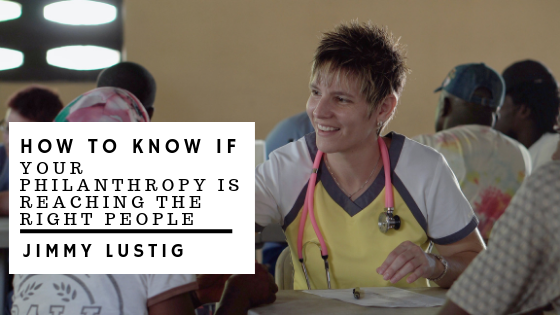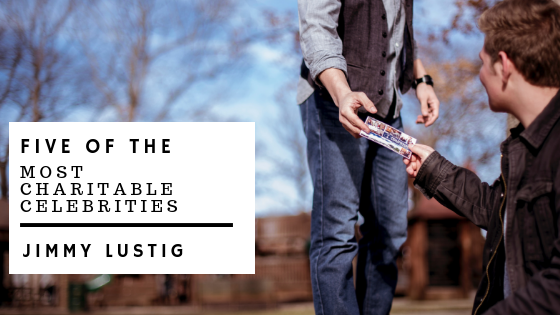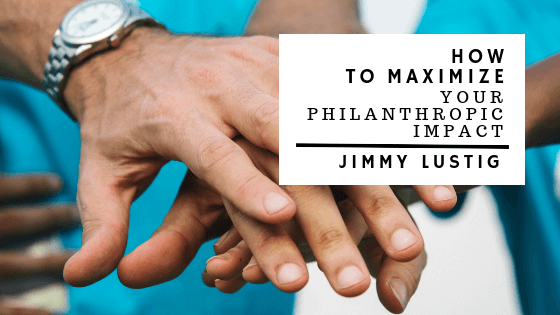Practicing generosity through philanthropy can give you a feeling of satisfaction, especially when giving towards a particular cause you’re passionate about. However, philanthropy is meaningless if your efforts aren’ t reaching your targeted groups. It’s important, with any type of philanthropy, to determine if your contributions are going where they’re supposed to. Follow these three steps to make sure your philanthropy is impacting the right people.
Evaluating the organization’s competence and commitment
The charity organization you contribute to should be well led by competent and committed leaders who have a passion for charity. Before making the partnership with any charitable organization as a philanthropist, you should evaluate the organization’s leadership, vision, mission and objectives. Your due diligence ensures that you are partnering with an accountable charity institution that will channel your contributions to the proper people.
Evaluating the organization’s previously completed projects
A good charity organization that would put your contributions to good use should be able to showcase its previous successes. When assessing their past projects, you may want to establish how well managed the projects were. Do some research into how much funding the project received, how the funds were utilized, how long the projects took to complete, the precise objective of the projects and how the projects are faring in terms of helping those targeted. A good profile of the previous projects should be a positive signal that the charity organization will put your funds to good use in helping the right people.
Getting in touch with other donors and volunteers
If you want to know the reputation of a given charity organization that you plan to partner with, you should speak with previous donors and volunteers who work with the organization. Most organization’s keep a record of past volunteers. Ask to see those records, if possible, and reach out to some of those volunteers. If not possible, speak with current volunteers in private. Donors showing concern and reservation for a given charitable organization are a clear indication that your funds will most likely suffer a similar fate of poor usage and management. Equally, talking to volunteers who work for the organization will give you an idea on how well-managed, focused and accountable the charitable institution, which may equate to how focused and accountable they are when handling money.










